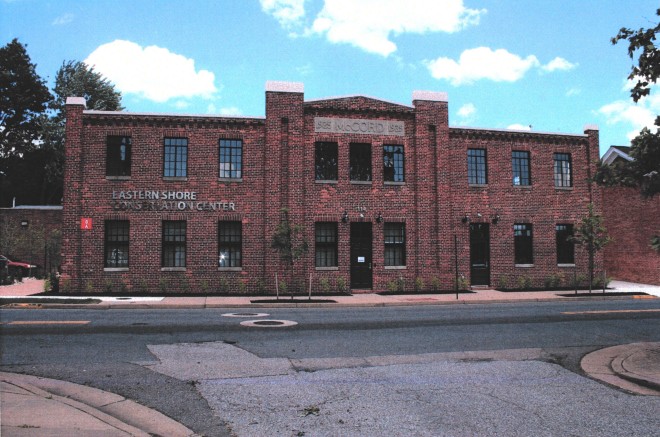By Elizabeth Hughes, Director, Maryland Historical Trust
As you enjoy your oyster dressing this Thanksgiving holiday, take a moment to be thankful for our watermen and the sleek vessels that carried them to harvest these tasty bivalves while under sail. Hundreds of Skipjacks, powerful shallow-draft wooden boats with a single mast and two sails, once dredged oysters from the bottom of the Chesapeake Bay. Cold, dangerous and dirty work, the history of winter oyster harvesting in Maryland is defined by stories of fierce competition and often unfavorable weather.

Skipjacks on Deal Island. Credit: Edwin Remsberg Photographs
Skipjacks were developed near the end of the 19th century, replacing Bugeyes with their more powerful design. Survivors of this traditional industry include the Ida May (built in 1906 in Deep Creek, VA) and the Thomas W. Clyde (built in 1911 in Oriole, MD) which were among 36 traditional Chesapeake Bay Skipjacks listed on the National Register of Historic Places in the 1980s. Far fewer vessels exist today.
Every year, over Labor Day weekend, the Lions Club of Deal Island celebrates these graceful boats at the Skipjack Races and Festival event, now in its 58th year. An important ceremonial precursor to oystering season, the weekend includes a race around a marked course in Tangier Sound, a blessing of the fleet, a boat docking contest and fishing tournament.

Skipjack Race. Credit: Edwin Remsberg Photographs
If you missed the race this year, we have some great news: on December 2nd, the Deal Island Skipjack Races and Festival will be honored — along with Anne Arundel County quilter Joan M. E. Gaither and the Baltimore American Indian Center — with a Maryland Traditions Heritage Award at the Proscenium Theater (Performing Arts and Humanities Building) at the University of Maryland, Baltimore County. Tickets to this event are free and can be reserved by visiting the UMBC box office or by visiting the Maryland Traditions Facebook event.
Happy Thanksgiving!




